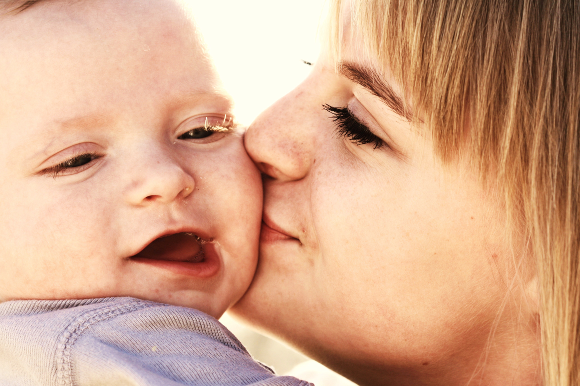Having a baby is one of the most incredible experiences any woman can go through, but your body is set to experience some significant changes both during and after pregnancy. Alongside the stretched stomach which will continue to grow as your baby grows, you are likely to see changes in your body shape, hair, skin and also your breasts. Here, we’re taking a closer look at what really happens to your breasts after pregnancy.
Breast deflation
Many people marvel at the benefits that breast feeding can have for your child but very few focus on the negatives – which often lies in the deflation that your breasts experience after breast feeding. As soon as the placenta leaves the body, hormones will surge in order to increase the volume of milk that your breasts are able to produce. Babies need frequent feeds in order to ensure that they obtain the calories and nutrients that they need as they continue to grow and build up their immune system, but this can lead to your breasts becoming saggy and losing almost all shape and firmness.
In fact, some people have even described their breasts as “deflated water balloons”. As a result, some new mums seek breast surgery after having a child and breast feeding, in order to restore the natural shape and size of the breasts that they once had. With high quality breast enlargement Turkey procedures, performed by some of the world’s most sought-after surgeons, becoming steadily available at an affordable price, more and more new mums are seeking the procedure.
Nipples can become bumpy & dark
This is something that can occur throughout pregnancy as well as after and is a result of the hormone fluctuations. As early as the first trimester, new mums can experience their nipples beginning to stick out more, and their Montgomery glands beginning to become more prominent in preparation for breast feeding. Nipples can also darken in colour during and after pregnancy as a result of hormones beginning to stimulate pigment producing cells. This is especially true in women who have a naturally deep skin tone. However, within a few months after breastfeeding finishes, new mums should see their nipples return to their original shape, size and colour.
Stretch marks
Stretch marks are entirely dependent on hereditary, and where breasts swell as a result of the milk being produced, collagen and elastin can stretch far beyond the point of snapping back to how the skin was originally. This can leave a number of red or purple stretch lines, or even white ones depending on the type of skin you have. The more weight you gain during pregnancy, the more likely you are to begin to develop stretch marks across your body – particularly on your breasts, and other areas such as your stomach and thighs.
Sore, cracked & bleeding nipples or breasts
This is where breast feeding becomes a bit gory, but unfortunately not all babies are gentle when nursing. This often occurs when a baby hasn’t latched onto the nipple correctly when breast feeding, and if this is the case, your baby may not be getting as much milk as he/she needs. In this case, your milk production could be compromised, and this can cause your nipples to become even more sore than they may have been already. It’s also important to look out for lactational mastitis which is a painful bacterial breast infection, caused by a break in the skin caused by sucking becoming infected (a baby’s mouth is full of germs). The infected area can leave your breasts feeling very sore, red and swollen, and the infection can also lead to a fever, flu-like symptoms, and in the most severe cases, a breast abscess.

